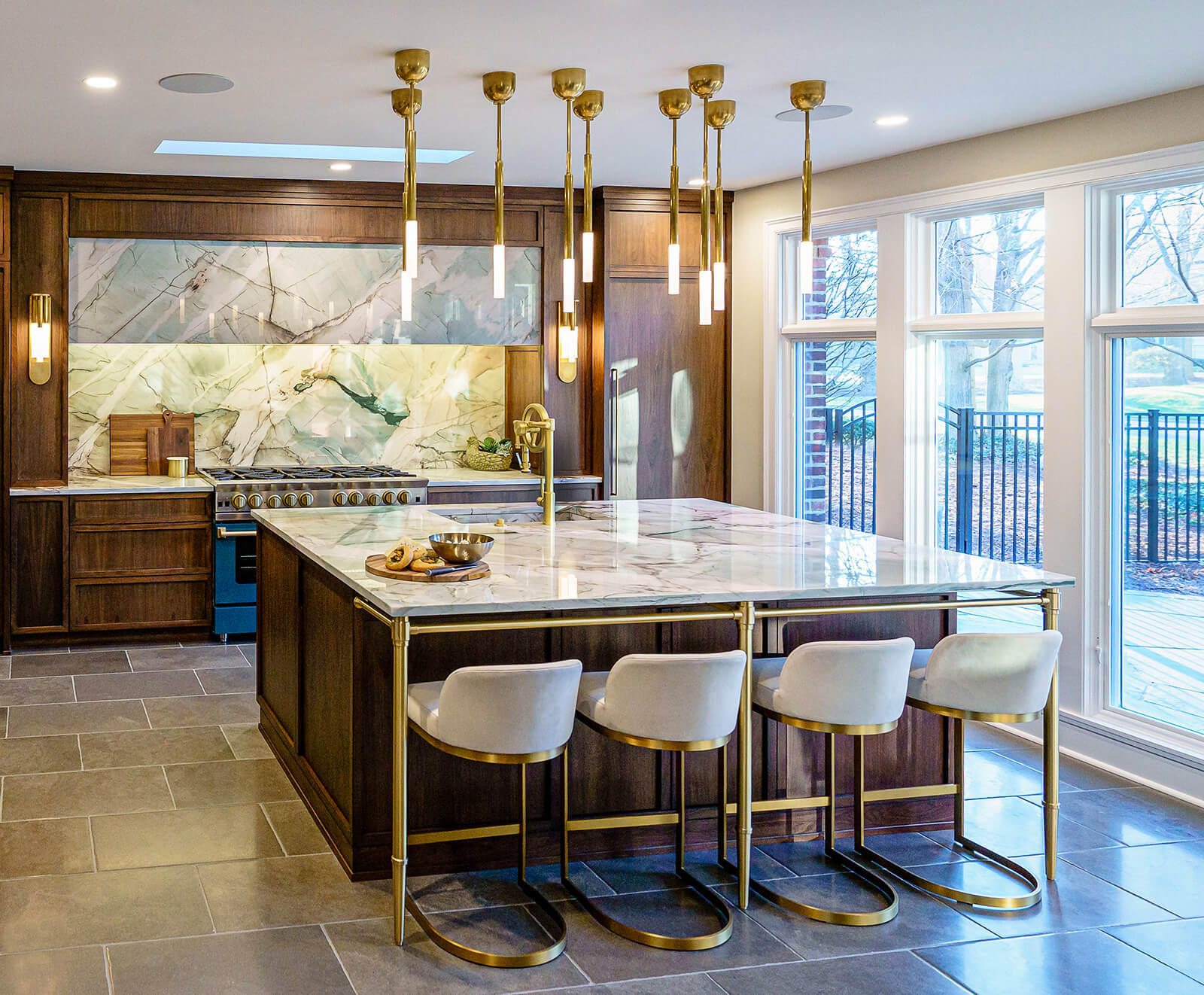Vital Aspects to Consider When Picking Legs For Cooking Area Island
Picking the suitable legs for a cooking area island involves a mindful assessment of several variables that can considerably affect both functionality and aesthetic allure. As we check out these elements, it ends up being clear that each choice can have far-reaching ramifications for the total kitchen experience.
Material Options
When picking legs for a kitchen island, comprehending the numerous material choices is necessary for achieving both aesthetic charm and architectural honesty (Legs For Kitchen Island). The choice of material substantially influences not just the longevity of the island but likewise its general layout and capability
Metal legs, usually made from stainless steel or wrought iron, contribute a modern-day and commercial feeling while making certain longevity and stability. These products are immune to use and can support significant weight, making them excellent for bigger islands.
One more alternative is engineered materials, like MDF or plywood, which can be much more cost-efficient while still supplying a range of coatings. However, they may not give the very same degree of stability as strong wood or metal. Products such as acrylic or glass can produce a contemporary appearance, though they may call for extra support to make certain stability.
Ultimately, the choice of material for cooking area island legs ought to straighten with the preferred functionality and the total style of the cooking area.
Design And Style

When thinking about style, the shape and finish of the legs are vital. Tapered legs can supply a feeling of agility and beauty, while thicker, a lot more durable legs can share strength and security. Furthermore, the surface-- be it painted, stained, or natural-- should complement the kitchen cabinetry and kitchen counter products to produce a unified look.
Furthermore, the design of the legs can also mirror individual taste. Customized or decorative legs, such as those including detailed carvings or distinct geometric shapes, can offer as prime focus, adding character and individuality to the cooking area. Eventually, the best choice will certainly not only enhance capability yet likewise elevate the visual appeal, making the kitchen island a standout attribute of the home.
Height Factors To Consider
Picking the suitable elevation for kitchen island legs is important, as it straight impacts both performance and convenience. The conventional elevation for a kitchen island usually varies from 36 to 42 inches, aligning with typical kitchen counter heights.

It is also necessary to represent customers' elevations and preferences. Tailoring the Learn More height can ensure a comfy experience for all relative, making the kitchen area island a more satisfying and functional room.
Weight Support
Ensuring appropriate weight support for kitchen area island legs is vital for both safety and security and functionality. The kitchen area island often offers best site multiple functions, consisting of cooking, eating, and additional storage, demanding a robust assistance framework. When selecting legs, it is vital to consider the general weight ability required based upon the island's planned use and the materials that will certainly be put on it.
The option of product for the legs plays a significant function in their weight-bearing capacities. Strong wood, metal, and sturdy compounds generally supply premium strength compared to lighter products. In addition, the layout of the legs-- whether they are straight, tapered, or have a pedestal type-- can affect their capacity to disperse weight effectively across the structure.
Constantly seek advice from the maker's specs relating to tons limits to ensure that the legs can sustain the desired weight without endangering security. In summary, selecting kitchen island legs with ample weight assistance is vital for producing a safe and functional culinary room.
Installment and Maintenance
Appropriate installment and upkeep of kitchen island legs are important for ensuring long life and stability. This commonly involves securing the legs to the island base making use of suitable fasteners, ensuring that the legs are level and straightened.
Once mounted, normal maintenance is needed to preserve the honesty and look of the legs - Legs For Kitchen Island. For wood legs, periodic cleaning with a wet cloth and application of appropriate timber gloss can avoid wetness damages and maintain their surface. Steel legs might require a gentle cleansing remedy to remove grease and crud, adhered to by a dry fabric to stop corrosion formation
In addition, inspect the legs frequently for indications of wear or damages, such as fractures or loosened joints. Tightening up screws or screws as needed can likewise extend the life expectancy of the legs. By adhering to these setup and maintenance methods, property owners can guarantee that their kitchen area island continues to be tough and aesthetically appealing for several years ahead.
Verdict

Aesthetic comprehensibility is extremely important in picking the design and design of legs for a kitchen island, as these elements considerably affect the general setting of the room. this contact form Conical legs can give a feeling of agility and style, while thicker, extra durable legs can share toughness and security.Picking the ideal elevation for cooking area island legs is crucial, as it straight influences both capability and convenience. In recap, choosing kitchen area island legs with sufficient weight support is vital for producing a safe and practical culinary space.
In conclusion, selecting legs for a kitchen island necessitates careful consideration of different elements, consisting of material choices, style, elevation, weight support, and installation.